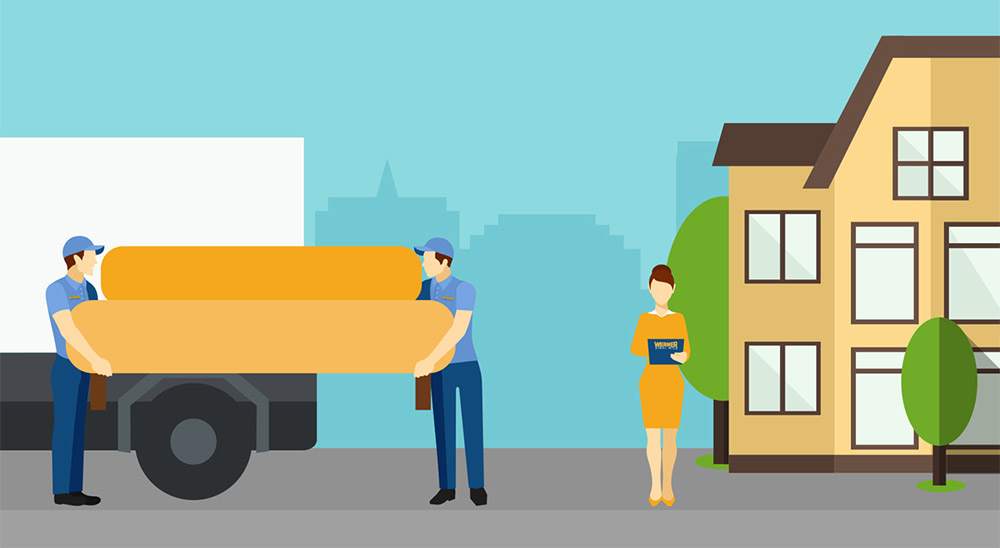Today’s consumers’ buying behavior is different from what it was a few years ago. They expect low-cost and fast delivery. Therefore, companies are trying to find ways to cut costs and boost efficiency to support shipping logistics and stay competitive. Quick fulfillment isn’t just nice to have but an expectation of every online shopping experience.
Many companies have begun competing to develop experimental supply chain models and new technologies to expedite deliveries, increase parcel volume, and delight their customers. However, one of the biggest challenges and expenses is the same-day, final mile service. For a company to survive in this market, they need to improve efficiency in that area.

Image Source: Google
In its journey from the warehouse to the customer’s door, the final mile of service delivery is the very last step of the process. It is the point at which the shipment arrives at the customer’s door. It’s also the most critical, time-consuming, and expensive part of the entire shipping process. That’s why companies want to ensure it is as efficient and quick as possible to stay on track with the ever-increasing demand for fast shipping (especially in retail, food, and eCommerce industries).
When it comes to the final mile delivery costs, they take a substantial share of the total shipping cost – about 53%. With the growing popularity and omnipresence of free shipping, shoppers are less willing to pay for a residential delivery service fee, forcing companies and logistics partners to carry the cost. This makes final mile logistics the first area where companies try to drive process improvements and implement new technologies.
/cdn.vox-cdn.com/uploads/chorus_image/image/51867435/Eli_Preferred_Headshot.0.jpeg)